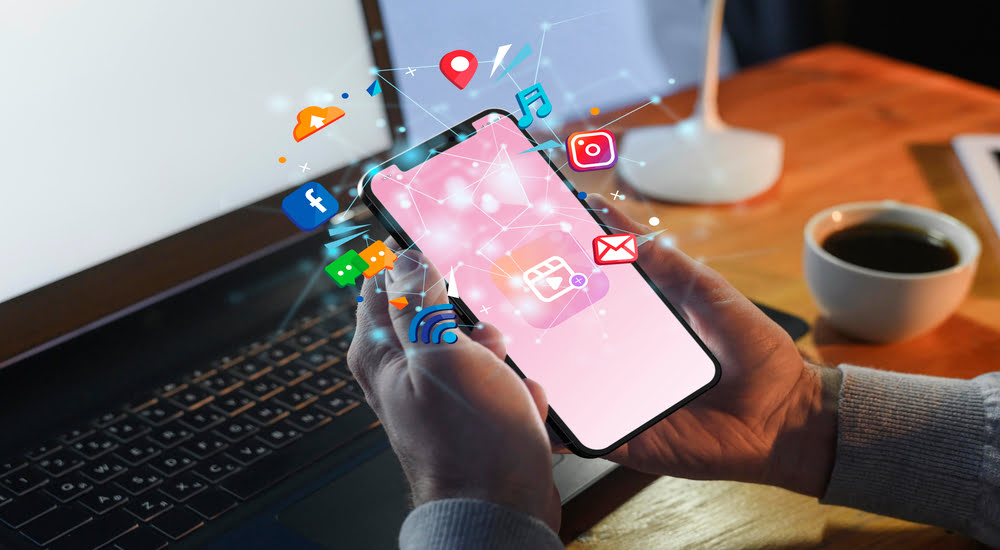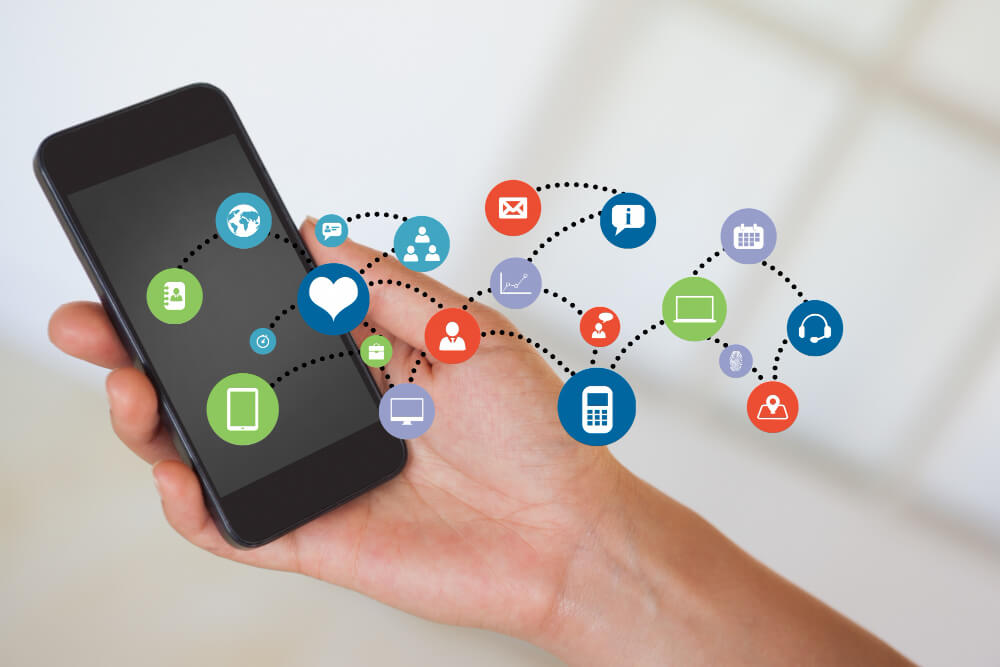Effective customer communication is crucial for gaining a competitive edge in today’s business world. Multi-channel communication comes into play here, allowing customers to be reached through various platforms. Unlike traditional one-way communication methods, multi-channel communication enhances interaction. It enriches the customer experience by using different channels preferred by customers, whether social media, email, or direct messaging applications. Staying connected with your customers and being able to respond to their needs instantly plays a vital role in the success of your business.
This method creates a more personalized and consistent communication experience by accessing customers through their preferred channel. Customers expect consistent and coherent messaging when interacting with your brand. Multi-channel marketing strategies meet these expectations, enhancing brand reliability and reputation. For instance, when a customer raises the same issue via email and social media, integrating information from these channels can provide faster and more effective solutions, significantly increasing customer satisfaction.
Through multi-channel marketing strategies, businesses can enhance customer satisfaction, strengthen brand loyalty, and reach a wider audience more effectively. These strategies allow businesses to understand their customers’ behaviors and preferences better. Analyzing data collected from different channels makes marketing campaigns more targeted and effective. For example, if a customer encounters an issue via email, quick solutions can be provided through other channels like social media or live support. This holistic approach gives businesses operational efficiency while providing customers with seamless and satisfactory experiences.
Definition and Core Principles of Multi-Channel Communication
Multi-channel communication is the process of delivering a consistent message to customers through various platforms and tools. This method increases customer engagement and allows the brand’s message to reach a broader audience. Customers who interact with a brand through their preferred channels feel more valued and understood. This helps establish a strong and long-term connection between the brand and the customer. Providing consistent and high-quality information across all channels boosts customer trust and satisfaction. This method is also highly effective for collecting customer feedback and responding promptly. Moreover, brands can optimize their marketing strategies by understanding which platforms customers prefer and engage with the most.
For businesses, multi-channel communication strategies involve delivering the message and analyzing customer behaviors and feedback to offer better services. These analyses help companies to understand customer expectations and make future marketing campaigns more targeted. For example, combining data from email marketing, social media campaigns, and direct messaging can offer customers more personalized deals. This enhances customer satisfaction and strengthens loyalty.
Benefits of Multi-Channel Marketing

Multi-channel marketing allows businesses to reach customers through their preferred channels, enhancing the customer experience and increasing brand loyalty. When customers interact with brands, they expect instant and personalized responses. Multi-channel marketing strategies meet these expectations, growing customers’ commitment to the brand. By integrating data from different channels, better customer analysis can be performed, and more targeted marketing strategies can be developed. Additionally, this data allows for faster and more accurate solutions to customer needs. This not only increases customer satisfaction but also strengthens loyalty.
Another significant benefit of multi-channel marketing is that it helps brands manage the customer journey better. By tracking customers’ transitions across different channels, businesses can identify where issues arise and develop strategies to address them. For instance, when a customer adds a product to their cart on the website but doesn’t complete the purchase, reminder messages can be sent via email or SMS. Such strategies reduce customer loss and increase sales. Moreover, multi-channel marketing allows real-time tracking of customer interactions and immediate intervention, maximizing customer satisfaction.
Strategies for Multi-Channel Customer Communication
To create a successful multi-channel communication strategy, it is essential to understand customer behaviors first. Identifying which channels customers prefer and focusing on these channels is crucial. For example, providing quick and effective customer service through live support and chatbot integrations can be beneficial. Additionally, determining when customers are most active and having more staff available during these times can increase customer satisfaction. Developing specific strategies for each channel can maximize customer engagement.
A consistent and coordinated approach across different channels is necessary to improve customer communication. For example, when a customer asks a question via email and follows up with a message on social media, information from these two channels should be integrated. This ensures faster and more effective customer service. Additionally, synchronizing customer data across all channels helps customer representatives provide more informative and personalized responses, increasing satisfaction and loyalty.
Successful Multi-Channel Communication Applications
A successful multi-channel communication application should offer the same quality and consistency across all channels. For instance, fast responses and effective communication can be achieved through WhatsApp integration and Instagram integration. These integrations can increase customer satisfaction and strengthen the brand image. Moreover, these applications enable quicker resolution of customer feedback and complaints, significantly enhancing brand reputation and customer loyalty.
A successful multi-channel communication strategy provides quick responses and offers customers valuable, personalized information. For example, chatbots can instantly respond to customer support requests and quickly answer frequently asked questions, allowing customer representatives to focus on more complex issues. Additionally, offering special deals and promotions to customers can increase their interest and loyalty to the brand. Such strategies increase customer satisfaction while improving businesses’ efficiency and profitability.
Multi-Channel Communication Tools and Integrations
Popular multi-channel marketing tools include customer service and social media integrations. Tools like WhatsApp Business API integration and Telegram integration help businesses make customer communication more effective and efficient. These tools provide the opportunity to integrate customer data, offering better service. Additionally, these integrations enable enterprises to respond instantly to customer requests, maximizing customer satisfaction. These tools increase operational efficiency for businesses while providing faster and uninterrupted customer service.
Using multi-channel communication tools helps businesses strengthen customer relationships and provide better service. For example, these tools integrated with CRM systems allow customer data to be collected and analyzed in one central location. This way, more information about customer history and preferences can be gathered, which can be used to provide personalized service. Furthermore, these integrations enable businesses to automate customer service and increase efficiency. Responding instantly to customer requests can increase customer satisfaction and strengthen brand loyalty.






